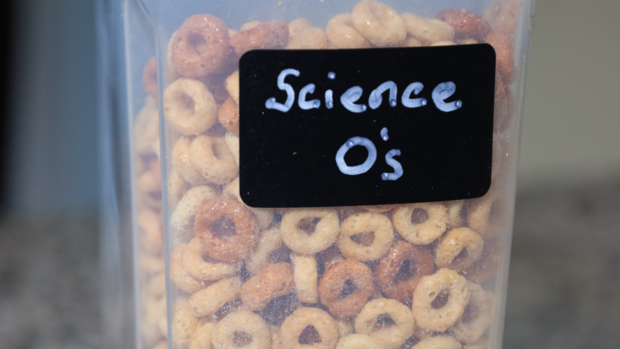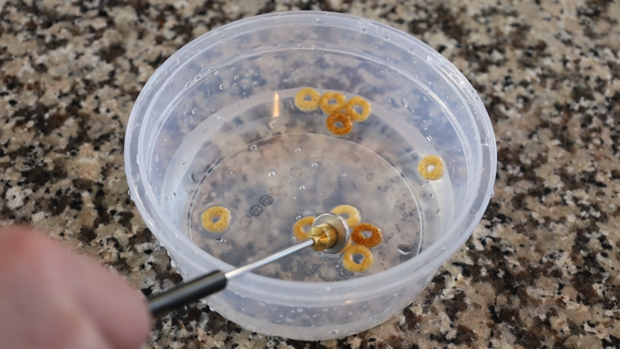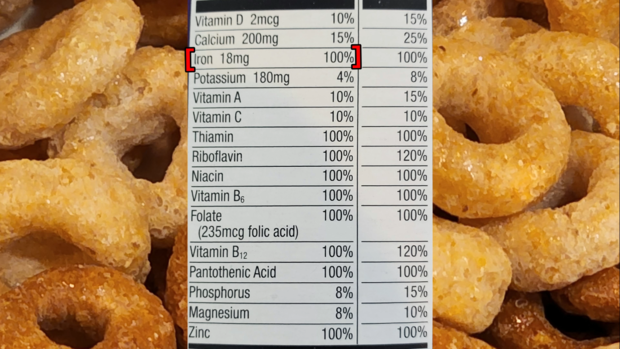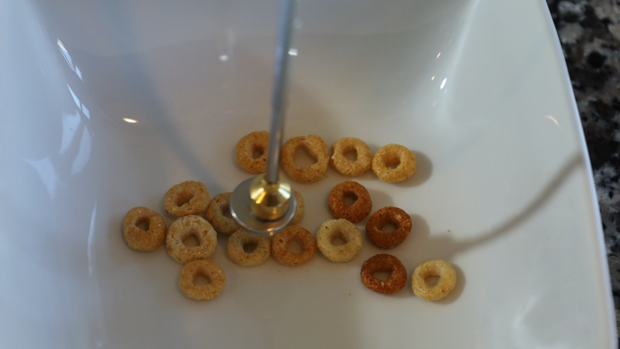Hey Ray! Your Cereal May Be Magnetic
PITTSBURGH (KDKA) -- Breakfast is the first meal of the day. For many, breakfast comes in the form of cereal. There is a lot of science that happens in that bowl that you may not be aware of, though.
Let's take a look at this cereal. I floated some O's in water because I didn't want to waste expensive milk. The experiment works the same with both water and milk. I then took a very strong magnet, and placed that in the bowl. The Os started to follow the magnet, meaning this cereal is magnetic!
This is completely fine, and safe!
This is not a special cereal at all! These O's, while in a different container, are the same kind of cereal we eat all the time. That said, it is still magnetic. Just so you can see that the magnet isn't creating a current, you can also perform this experiment by waving the magnet over the cereal, too.
So, what is making the cereal follow the magnet?
IRON! Many kinds of cereal are fortified with it. According to the Academy of Nutrition And Dietetics, Iron is a mineral, and its main purpose is to carry oxygen in the hemoglobin of red blood cells throughout the body so cells can produce energy. Iron also helps remove carbon dioxide.
Iron is also a mineral that is magnetic, even when in cereal. You can see the cereal we used here has 18mgs of it. That is enough for these powerful magnets to pull the O's.
To complete this experiment, you have to float the cereal in a liquid. That reduces the friction, so the cereal be pulled by the magnet. While they are floating, the magnet can more easily pull on the cereal. With no liquid in the bowl, the magnet's pull on the iron in the cereal isn't enough to overcome the friction on the bowl.
I am not going to tell you the cereal I used in this experiment because reading the nutrition labels is part of the learning experience. Find a cereal with the highest amount of iron on the nutrition label that you can.
The magnets used are not your normal, refrigerator magnet either. These are "rare earth magnets", also called neodymium magnets. While they sound expensive, the ones needed to do this experiment only cost a few bucks at a hardware store. I do want to issue a bit of caution while using these magnets. They are very powerful and can pinch when other magnets are attracted, so be careful.








